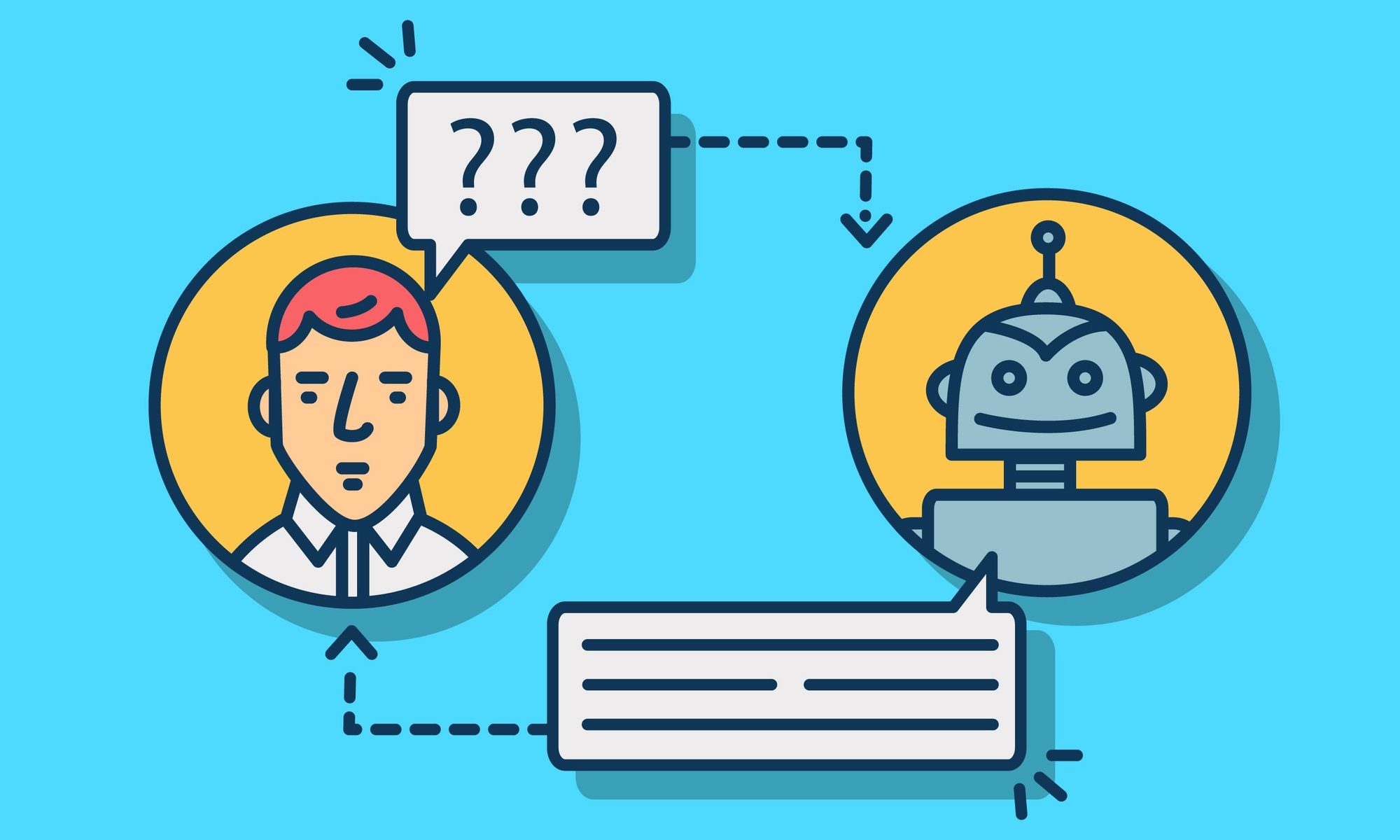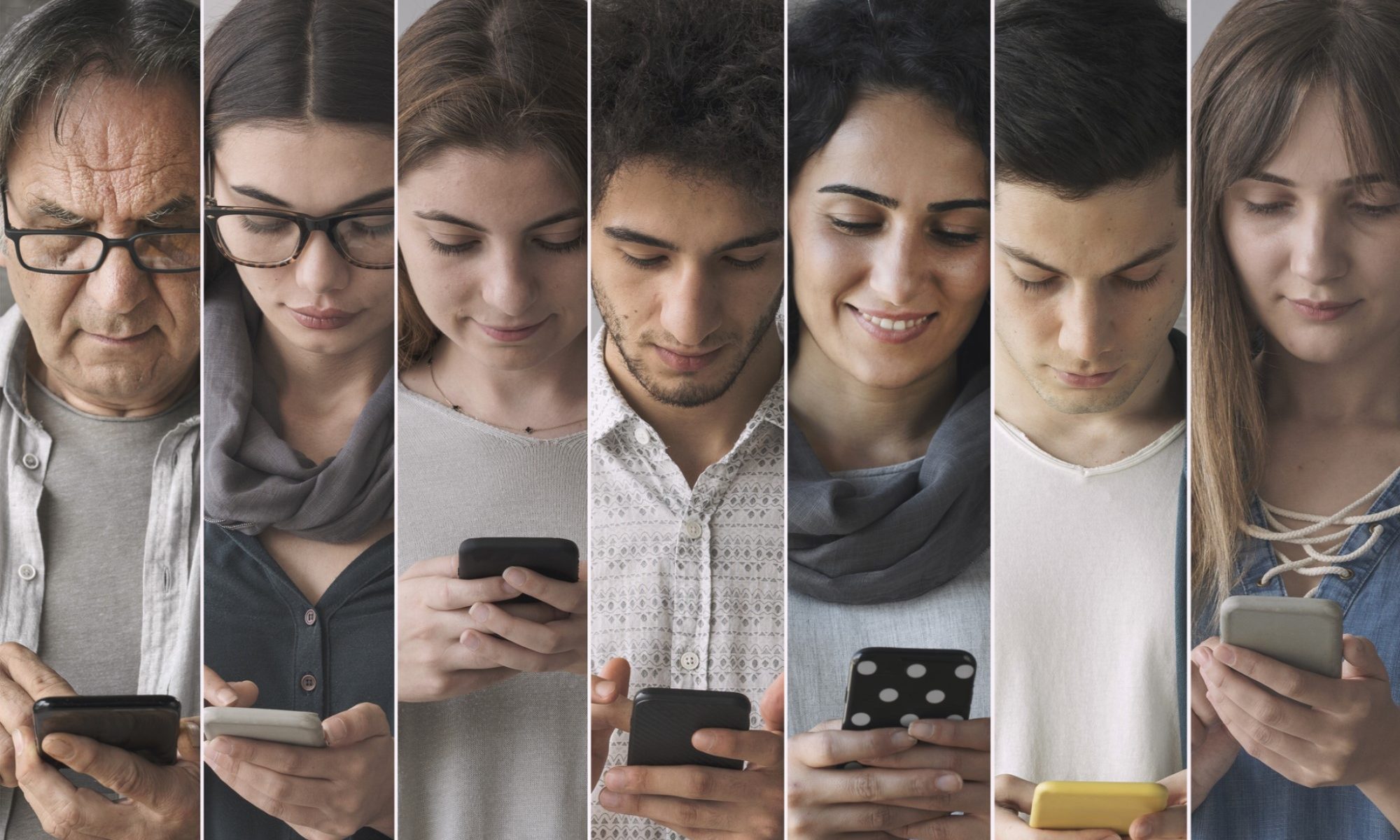Imagine, with me, a scenario.
You and I are medical students working in an intensive care unit. Over the course of the last few weeks, we’ve been caring for Mrs. Rhodes: a kind woman who, despite her advanced years, has retained her sharp humor and optimism through an incredibly severe bout of pneumonia. In the last few days, however, her condition has rapidly deteriorated, and the decision was made to place Mrs. Rhodes on a form of heart-lung bypass known as ECMO: though her chances are slim, we hope that, by decreasing the burden on her heart and lungs, we will buy her time for the infection to pass and her lungs to heal.
The problem, though, is that Mrs. Rhodes is not the only patient with this pneumonia: since Mrs. Rhodes’ admission to our unit, the causal infection has spread throughout the nursing home where she was being cared for. Over the past few weeks, therefore, our service has become overrun with ill seniors: many who just require supportive care, and some, like Mrs. Rhodes, who require invasive life support. And as of this morning, Mrs. Rhodes has continued to deteriorate, and all five of our ECMO machines are now occupied.
Later that night, as we hope that none of our patients will deteriorate further, we receive a call from a resident obstetrician. A young pregnant woman has just been seen in the emergency room. She’s eclamptic, and is showing early signs of cardiopulmonary failure: without some form of life support, both her and her fetus are at risk. The obstetrician asks if any ECMO machines are available.
We, then, are faced with a dilemma: do we allow this young woman and her fetus to die, or do we reallocate one of our ECMO machines, and allow one of our elderly patients to die in the process? We look down our patient panel, and see Mrs. Rhodes’ vital signs and laboratory results: it’s clear that her chances of recovery are dim to pitch dark. But is that grounds to sentence her to almost certain death? The ethical quicksand begins to surround us. Does it matter that we can save the lives of the mother and her fetus if we reallocate the machine? Does it matter that Mrs. Rhodes is older? Or is it ageist for us to even think so? Is Mrs. Rhodes entitled to the machine, given that she’s currently attached to it? Does it matter if Mrs. Rhodes is a leader in our community? If the mother is an alcoholic? If Mrs. Rhodes smokes?
Who gets a chance to live, and who doesn’t?
. . .
Ethical dilemmas are frequently framed by limitations; in fact, it is often the limitations themselves which give a dilemma moral weight. We are finite beings with finite options, capabilities, and resources, and this simple fact undergirds many of the dilemmas which we might encounter. In the case of Mrs. Rhodes, for example, our dilemma arises from a limited number of lifesaving ECMO machines: and appreciating this limitation, we turn our moral attention to the question of how to fairly and equitably allocate our limited resources.
Real-life ethical dilemmas, however, do not exist in a vacuum: they are inexorably dependent on the context in which they occur, on the socioeconomic, political, and philosophical systems which surround us.
These systems are causally connected to what happens, and often determine who it happens to; and dilemmas, in all of their alluring simplicity, can lead us to believe that these limitations are simply facts, and not the result of the unnamed systems which brought the dilemma about.
We may debate, for example, the merits of reallocating the ECMO machine or not; we may spill a significant amount of ink over what the moral thing to do is in such a case. Such a focus on the dilemma at hand, however, obscures the role of the systems which brought the dilemma about: we forget that the choice to buy five ECMO machines, and not six, was a choice. People gathered in a (likely exquisitely furnished) conference room, and decided that the procurement of five ECMO machines provided the greatest benefit at the least cost. When we debate and decide if Mrs. Rhodes or the young mother should get the ECMO machine, then, we are truly debating who must die to maintain the financial status quo — a reality which the dilemma, as presented above, wholly obscures. With this perspective, we see that a valid ethical analysis of the case of Mrs. Rhodes is that the time for moral action was in that conference room, and that a hospital which cannot care for a nursing home of sick seniors is negligently underprepared.
One could very well argue that when we get to the point where we are deciding who dies a preventable death for the maintenance of an unjust status quo, we can no longer claim that what we’re doing is truly moral in any meaningful sense. But when we only ask the question posed by a dilemma — in this case, who should get the ECMO machine — we fail to ask these broader questions, and we fail to see the full scope of the problem before us.
The same goes for similar dilemmas which we might encounter. Rare diseases go unresearched and untreated due to economic calculus, but what if non-economic values could guide how research priorities are set? We might ask questions about how to best allocate our individual resources to various charities, but what if individual philanthropy itself, in its modern form, frequently propagates injustice? We can ask questions about the dilemmas which are posed to us, but we must also ask questions of the systems which impose the limitations that inform these dilemmas.
Some dilemmas arise from limitations that are inherent to our nature: we cannot be in two places at once, and we cannot live forever. But, with disturbing frequency, the limitations which inform real-life ethical dilemmas are artificial: they are the contingent result of the decisions which we, as individuals and as societies, make, and though their role might be obscured, these decisions are relevant to how we choose to ethically resolve the dilemmas we face. Understanding ethical decision-making requires attention to these choices and the systems and beliefs which arise from them — attention to the things which, in the dilemmas we face, may lead us another way.



















